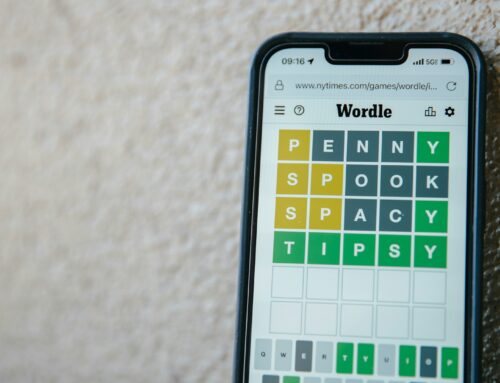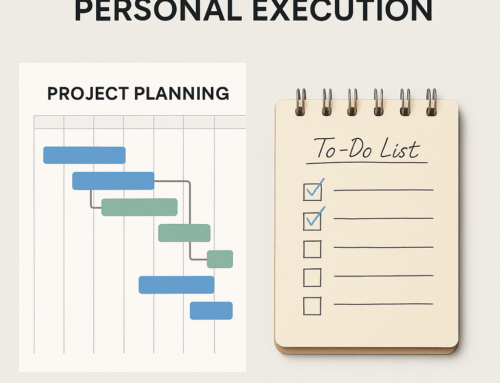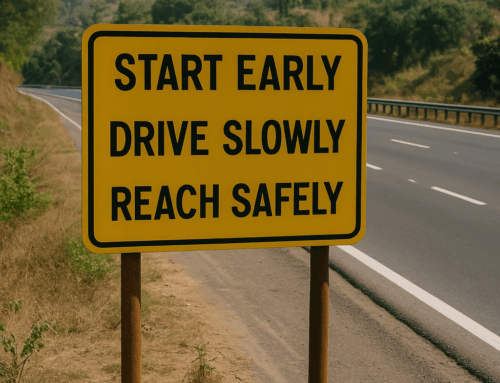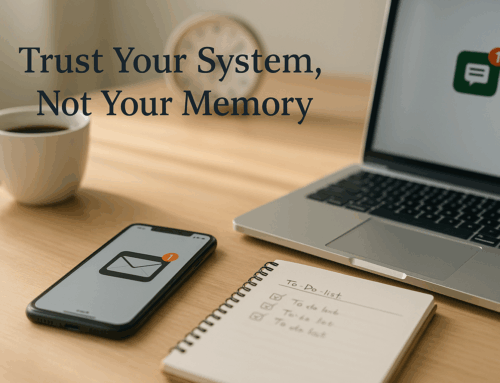Single-tasking is generally a good policy as it is simple and you could go never wrong with it. Mindless multi-tasking is stressful and counter-productive, so it is a strict no-no. But…
But then you are wasting some very good opportunities to use your time effectively that you could do with multi-tasking. You should always look for the following multi-tasking opportunities.
- Stressful single-tasking activities: All activities involving agonizing waiting times are great opportunities for multi-tasking. Waiting is always stressful, and engaging your mind with other parallel activities will reduce stress and help get a few things done as a bonus.
Some common examples include your long commutes, slow computer network, or some processing on a computer that takes a long time. Long commutes could be used to listen to audiobooks. Short time slots in front of the computer could be used to do some extra stretching exercises. A parallel work could be taken up if you are setting out for some long processing tasks with intermediate waiting times, such as installing software or restarting your computer for updates.
- Combine two activities where motivation is typically low: You could brisk walk in a non-crowded and familiar place while reading. Physical activity will keep you alert with your reading and your body will get some physical activity, which itself is in short supply nowadays. If it is audiobooks, you have more options to do, such as washing, cutting, and chopping, etc.
- Do a few organizing activities around your main activity while you are at it – It’s a good idea to stay in the context and do few more tasks around your main task, which should help you reduce time in the future. When you are doing a complex task, keep drafting a report or journal or a checklist that could be useful for future reference.
Bookmark useful websites and pages appropriately before moving ahead to the next activity. Maintain a bunch of running lists, such as agenda for the future meetings, writing ideas, reading lists, to-do list, and update them when you get a thought about any additions to them.
It is a good idea to write down the tasks that you are doing in some cases of multi-tasking so that you do not forget about them altogether.
As you see, although single-tasking is the rule, selective multi-tasking could be a bonus.
Subscribe to my newsletter, at bottom of this page, to get tips like this and more, directly in your inbox!
(featured image: Photo by Peter Fazekas from Pexels)






